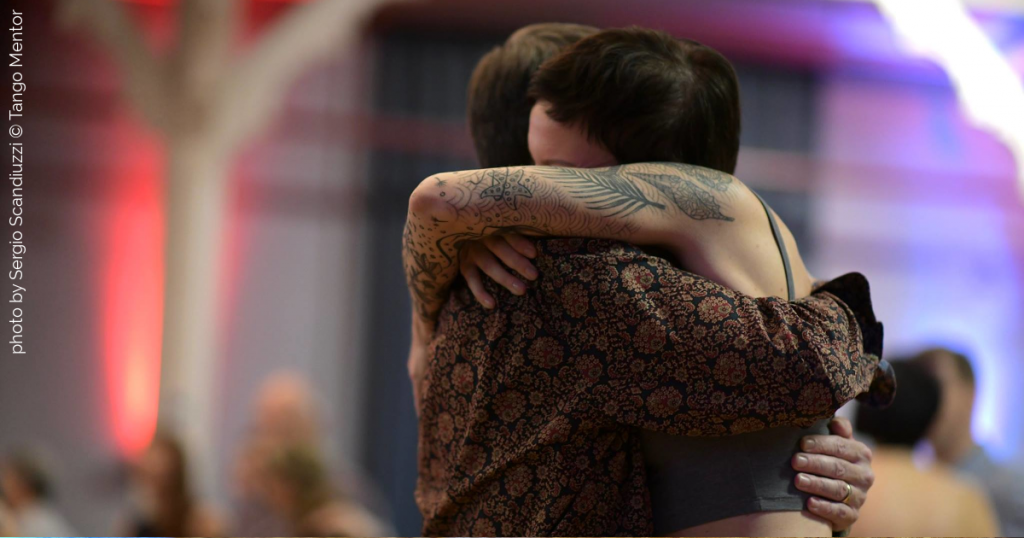
It’s not that bad: the self-isolation might be even beneficial to developing some of the tango skills. We have a lots of time at hand; our bodies need some physical activity and our addicted mind crave anything connected to our favorite dance.
This article is all about that – what can you do to use this COVID-19 to actually benefit your tango dancing journey.
“I don’t understand”, she was telling me directly after almost every single one of my sentences.
It was frustrating. I tried harder and harder. I used more words, describing with analogies – but it seemed with no effect.
Than we tried dancing and the a-ha moment for her came almost as a magic. But, I had even bigger a-ha moment. In my mind came back the memory of all the previous private classes with different students when I tried explaining with words and it didn’t worked well.
I understood that there are two group of students . The first one are those who are inclined to first understand with their minds. They need to first understand the concept and then transfer what they learned to their body. They learn with their intellect.
The other group are more inclined to learn with their intuition. They need to see and feel and then they get it even without understanding how they do it.
Of course, you rarely find a student who belongs to the one or the other group 100%. I’m talking here about inclinations. The best students I had were those who learned with both, their intellect and their intuition.
[Tweet “The best students learn with their intellect and their intuition in the same time.”]
So, there are two ways you learn in tango. The one is the good old way of understanding and repeating what you learned (learning with your intellect).
The other way, which in the case of tango was actually older, is learning by doing – learning with your body (learning with your intuition).
Well, now, that we don’t have practicas and milongas, only way is for us to learn using our heads – with our intellect. So, those tips are focused on that.
1. Musicality – This is specially useful for men, since they are those who improvise the choreography during the dance. In my opinion we can develop our musicality in three ways.
First way is understanding how the tango music works. Yes, I’m talking here about the musical theory, but my point is not for you to learn about academic musicology etc. – my point is for you to start noticing patterns in the music while you listen. Listen to a tango song and follow the beat; notice how the beats are organized and think how can you use it in your dancing.
Second way is by watching videos of someone dancing. I will remind you about monkey-see-monkey-do principle: so pay attention what are you watching. I strongly oppose when people watch show/stage dancers and performances – don’t do it! You are making damage to your dancing and to the dancing of your community overall. We need less showing off at the milongas.
Here I would suggest you watch some milongueros – those guys developed their style not to show off, but to dance at milongas.
Third way is by dancing by ourselves. I remember a story about an old milonguero (I’m not sure was it Ricardo Vidort or Osvaldo Centeno) who sometimes danced by himself in the hallway when the floor was overcrowded.
“It gives you ideas about musicality”, he used to say.
The form you have selected does not exist.
2. Balance – There is one myth about tango which every student (as far as I can see, teachers as well) struggles with without understanding the point – namely, keeping the axis. People are persuaded that they need to learn balance to be able to dance properly, which in my opinion is wrong.
My point is this – we don’t need to keep our axis, we have to learn to control it. It’s not a words play, it’s a shift in definition that changes the approach.
Let me give you an example. Leave this article and start walking. Try to notice how the walk is actually a chain of positions where you are in and out of balance. Just open a Youtube video of a baby learning how to walk. You will see that the skill it actually learns is how to control the axis, not to keep it. Walking starts with losing the balance. Always.
Saying that, the exercises I recommend for controlling your balance are those:
1) Exercise the muscles bellow your knee. The stronger calves and ankles you have – the more control you will have on your balance. There are countless exercises on Youtube. Ladies can even check some of the exercises for ballerinas. Trust me, if you exercise at least 3-5 minutes a day, you will notice the difference even after few days.
2) Learn how to control the balance. Start walking and use as little muscle power as possible. This means you focus on the technique and not on the strength. Try to become aware how your body gets in and out of balance. It’s like you drive a bicycle – when you are making a turn, you always lose balance in a controlled manner.
For my patrons I prepared a list of recommended videos with exercises to help you with your balance.
Exercises selection that will help you with your balance
I selected a group of exercises you can use to strengthen your muscles to help you have better balance. Of course, you can always make your own search, but this is my selection – my experience shows me that you can find here all you need.
I recommend you to exercise 5-10 minutes every day. They are easy, but the impact will be huge. You can expect results even after 2-3 days. They are grouped in women focused and man focused, but you can freely mix them up as you like. You can pick and choose from those videos and make your own daily program.
Women focused
Men focused
Please have in mind that I’m not a medical professional, so if you have any condition, consult with your doctor first. I would also recommend you to stop exercising if you feel pain.
3. Tango culture – For me, one can’t be a complete dancer if he/she doesn’t understands the WHY behind all they do. Seeing tango as just a dance is like entering in a museum and seeing all the pictures turned towards the wall. There is a story behind all you do and that is what makes tango what it is – different story will create different experience, even if you do all the same movements in the dance. The context changes the content.
When they say that tango is a feeling and you can’t teach a feeling – I believe they neglect the fact that feelings are not natural. Feelings are produced and cultivated by our values and perceptions. The job of a teacher is to cultivate those feelings, to get the raw material of inner experiences of a dancer and refine it in to something subtle and beautiful.
Recommended sources about tango culture and history
Yes, you can always search online about tango culture and history of tango, but there are out there many sources which are not accurate or well organized. To help you out, I made a small selection. I strongly believe this can open new horizons in your tango development.
I prepared here a short list of free sources where you can learn more about history of tango:
We all know, in the covid pandemic is a big setback for tango , but that doesn’t mean we have to give up dancing. There will be chances to dance and socialize with out tango friends. It’s a gift no one can take away from us. Then, one day, things will start to get better… and that day will come.

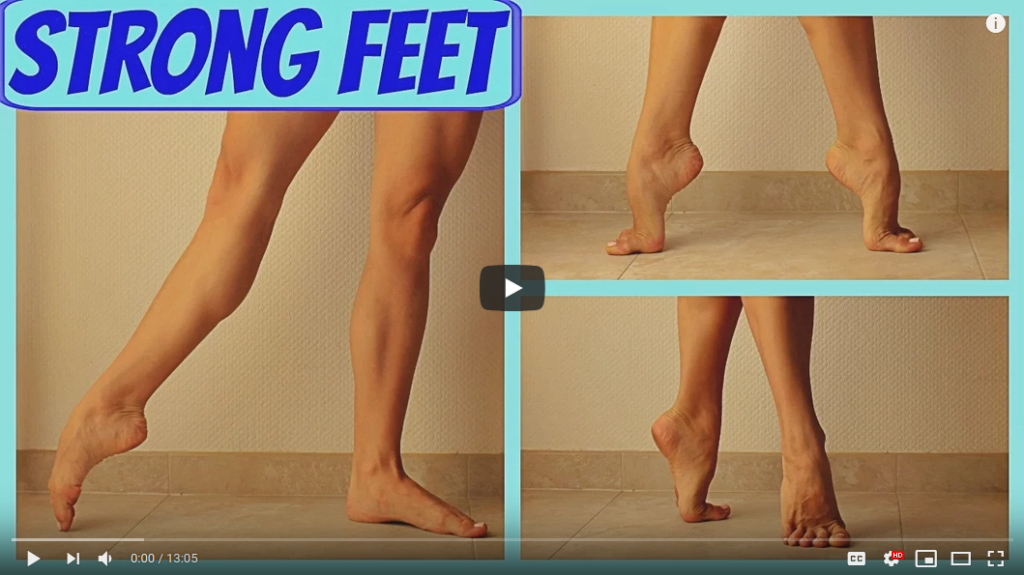
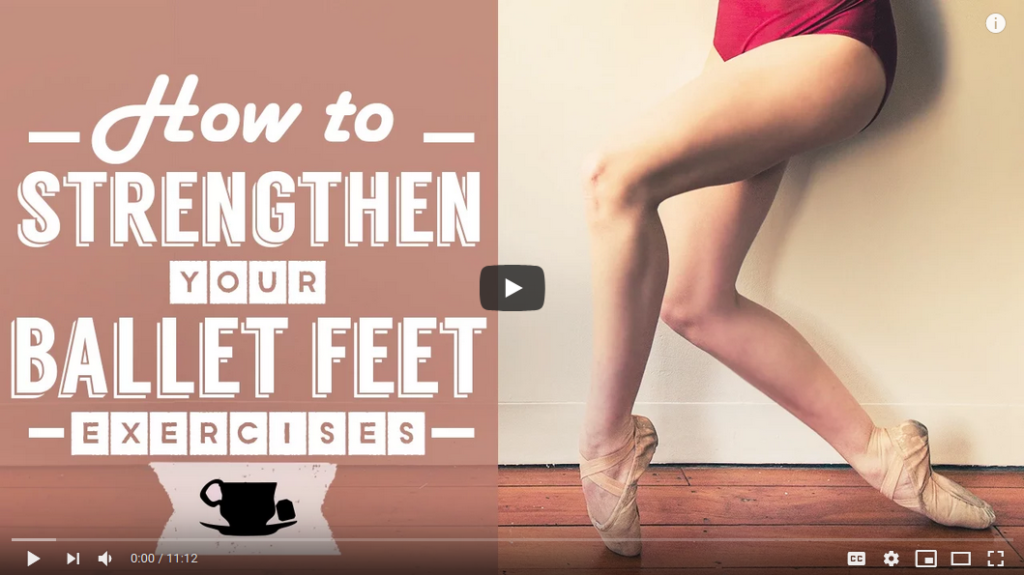
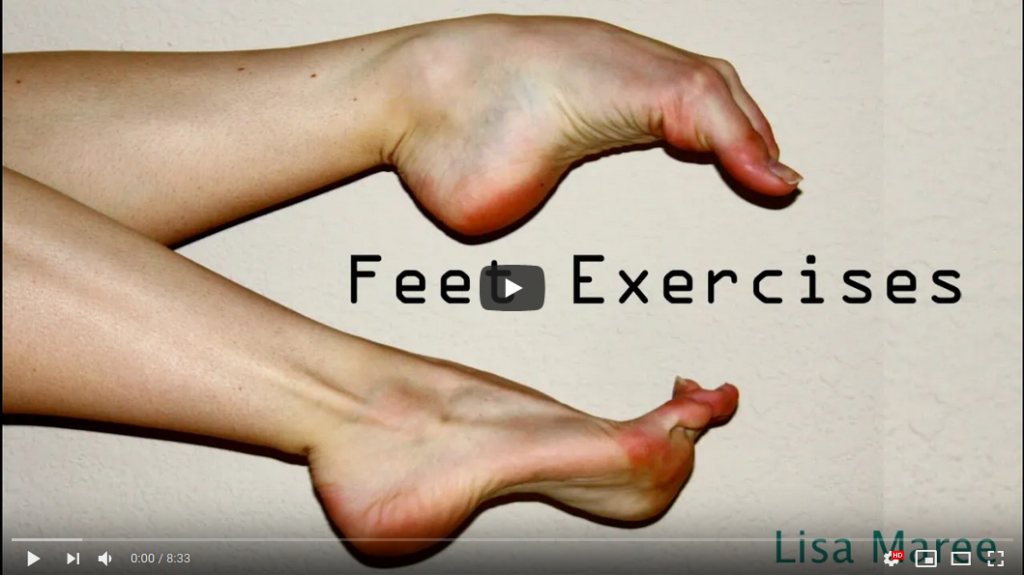
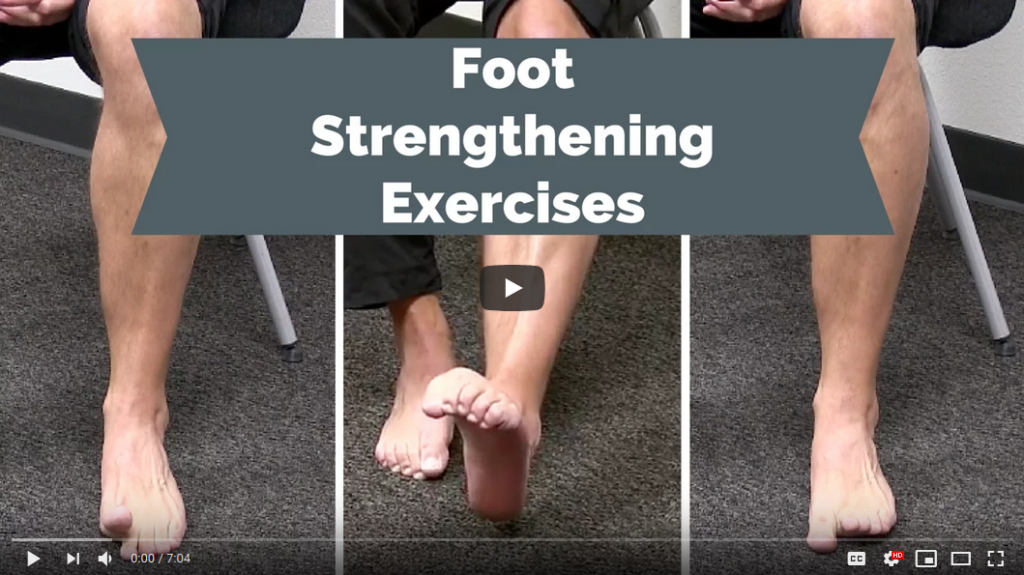
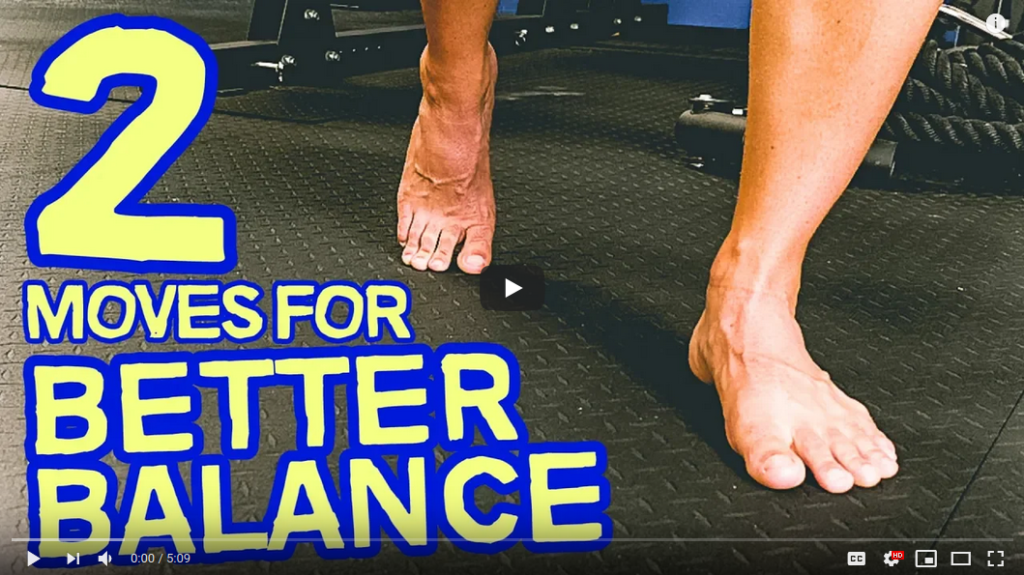
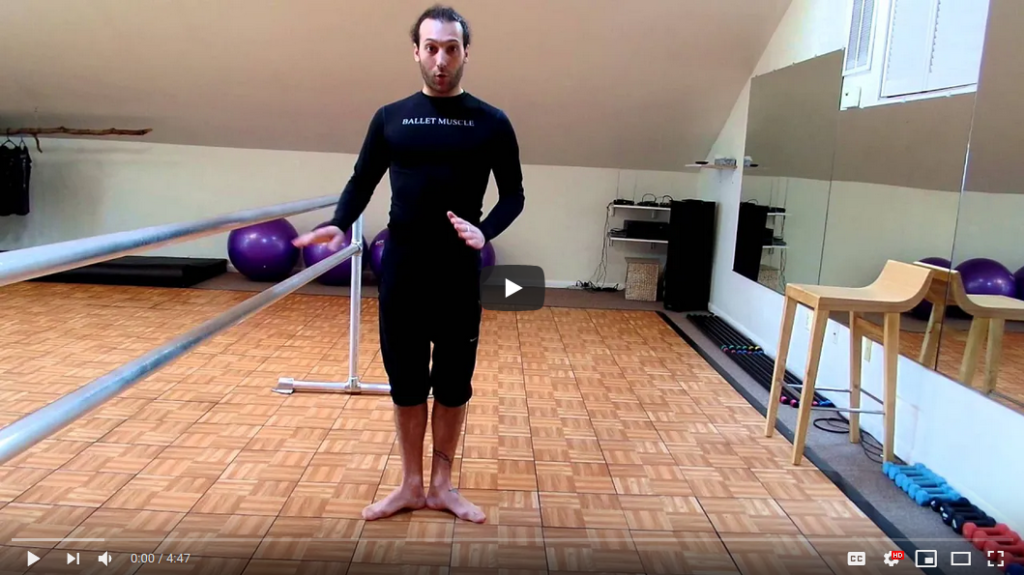
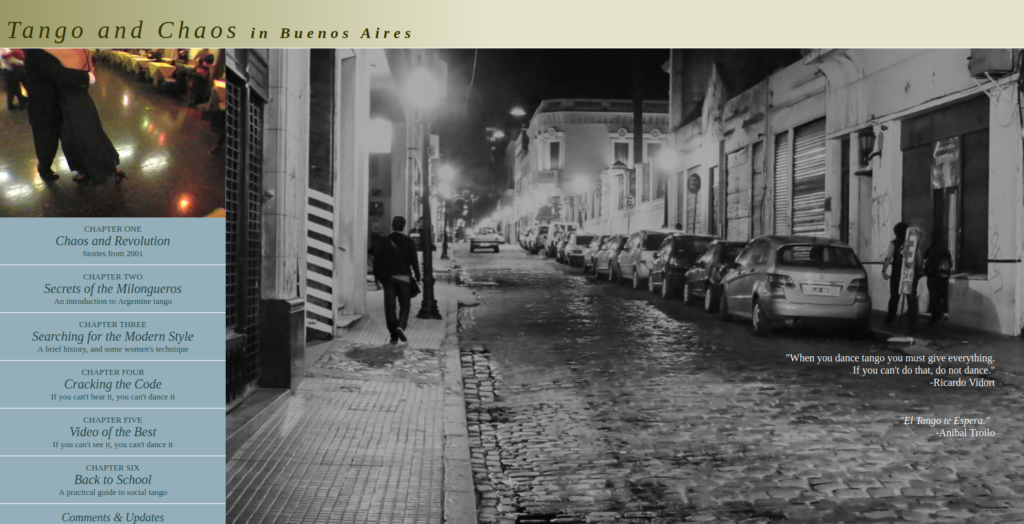
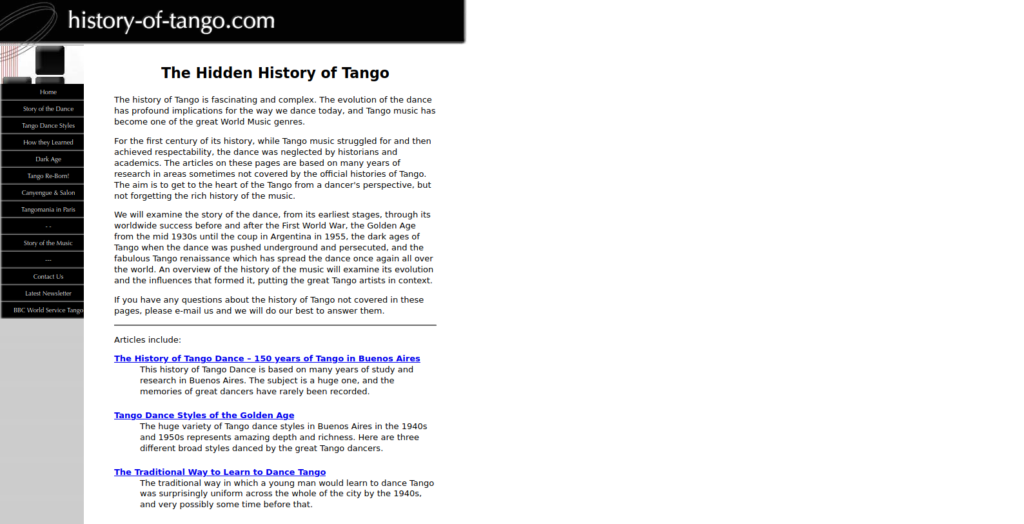
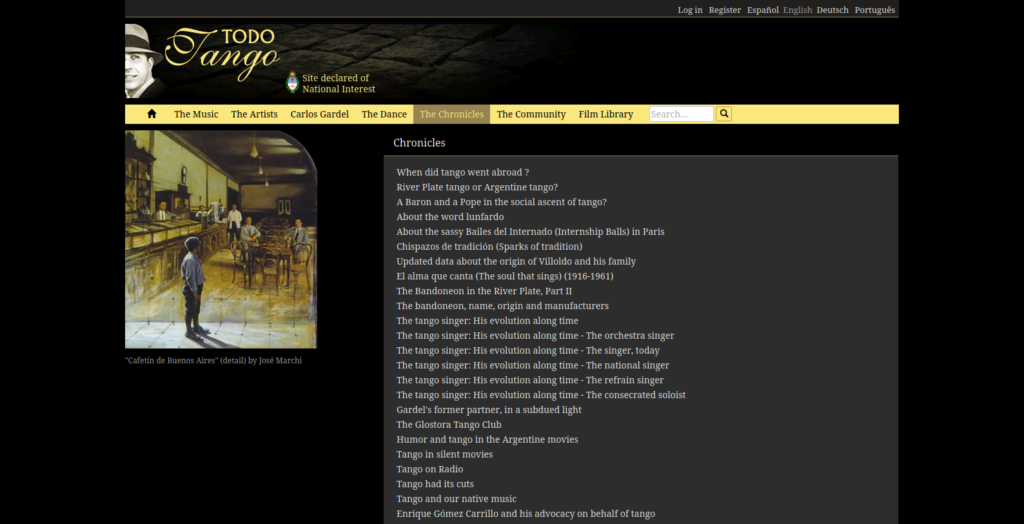
Leave a Reply